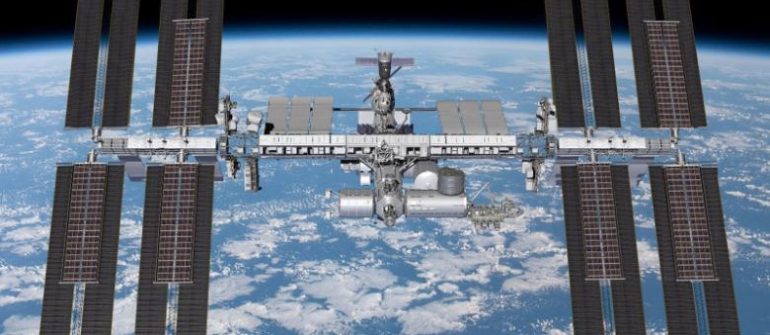The solar arrays on the space station are due for an upgrade.
The International Space Station originally planned to install new solar panels for the first time on the 16th, but “technical delays” during a spacewalk left the astronauts without enough time to install a new set of solar arrays.
According to NASA, American astronaut Shane Kimbrough and French astronaut Thomas Pesquet started spacewalking at about 8:00 EDT on the 16th to install two new solar panels. However, they encountered some troubles during the installation process.
About three hours into the spacewalk, Kimbrough lost data on his spacesuit’s display unit and had to go back to the space station’s airlock to reboot the system and get it back in working order. Then there was a momentary spike in the pressure reading on Kimbrough’s spacesuit, which was stabilized shortly after but cost the astronauts precious time.
Then, after the astronauts moved the solar arrays to a mounting bracket, one panel was not aligning on the bracket when unfolded. The spacewalkers took pictures for evaluation by ground teams and ran out of time to complete the last steps — installing electrical cables and the final two bolts. The astronauts were instructed to fold the array back up and “bolt it in place in a safe configuration,” where it will remain for the time being.
The spacewalk lasted for about seven hours and 15 minutes. The two astronauts were scheduled to continue upgrading the solar panel system on the 20th.
The ISS has eight solar panels with an initial design life of 15 years. The first pair of panels has been working for more than 20 years. Due to long-term exposure to space environment, these panels show signs of decay. Engineers plan to upgrade the solar panel system and install six new panels this year. The new arrays arrived at the space station on June 5. They are lighter, smaller and generate more power than the old arrays. They can be rolled up like carpet and are 340 kilograms and 3 meters wide. According to CNN, the new solar arrays are slated to be placed in front of the old ones. This will increase the space station’s total available power from 160 kilowatts to 215 kilowatts.
